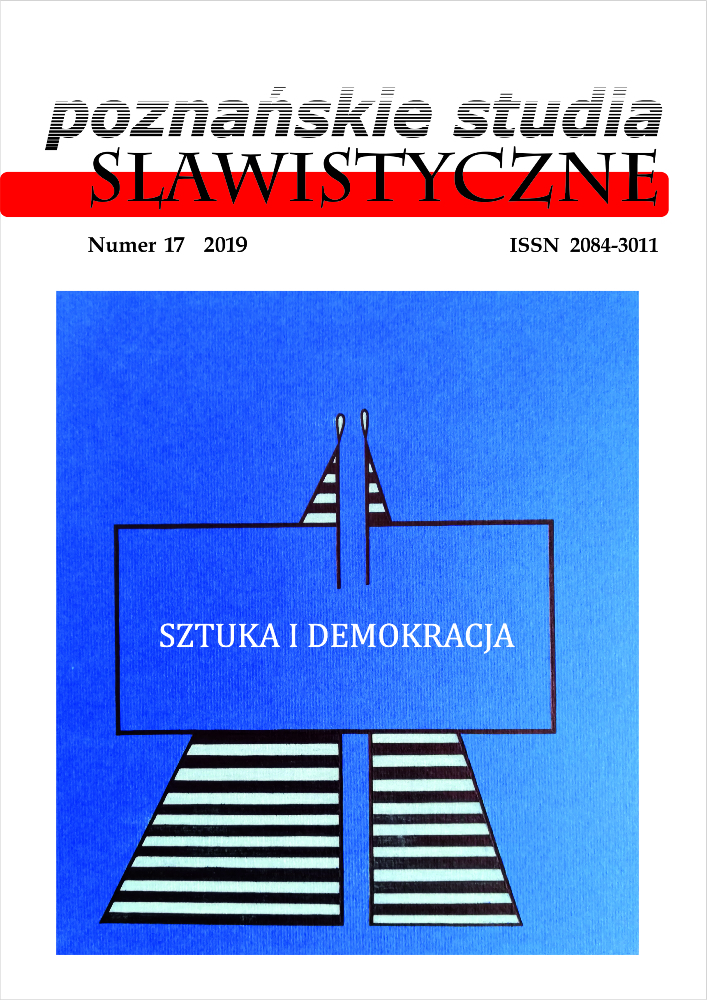Abstract
In our age “without the emperor”, fascination with empires and with the emperor mystique continues. Take for witness Tolkien and his Return of the King, the third sequel of The Lord of the Rings, or the television serial Game of Thrones. In the background, of course, is the lingering memory of the decline and fall of the Roman Empire, “a revolution which is still felt by all nations of the world”, to quote Edward Gibbon. It comes as a surprise that in this dramatic moment of its history, in times marked by political, economic and spiritual crisis that shook the very foundations of the Empire during the 3rd century, historians and art historians have recognized the revival of plebeian culture (arte plebea, kleinbürgerliche Kultur). It was the Italian historian Santo Mazzarino, talking at the XI International Congress of the Historical Sciences in Stockholm in 1960, who introduced a new paradigm: the “democratization of culture”. In the light of the historical process in the late Roman Empire, when growing autocracy, bureaucracy, militarization and social tensions leave no doubt as to the real political character of the government, the new paradigm opened up fresh approaches to the phenomenon of decadence and decline of the Roman world. As such, it stands against traditional scenario of the “triumph of barbarism and Christianity”, which was made responsible for the fall of the Roman Empire and the eclipse of the classical civilization of ancient Greece and Rome. It is not by accident that the new paradigm appeared around the middle of the 20th century, at the time when European society itself underwent a kind of “democratization of culture”, faced with the phenomenon of mass culture and the need to find new ways of evaluating popular art. Today, more than anything else, the notion of “democratization of culture” in late Roman Empire forces us to acknowledge a disturbing correspondence between autocratic and populist forms of government. It may come as a shock to learn that the very emperors who went down in Roman history as villains and culprits (such as Caligula, Nero or Commodus), were sometimes considered the most “democratic” among Roman rulers. Do we need to feel certain unease at this historical parallel?References
Alighieri, D. (1976). Monarhija. Prev. T. Maroević i M. Tomasović. U: D. Alighieri, Djela. Sv. I. Zagreb: Sveučililšna naklada Liber - Nakladni zavod Matice hrvatske.
Benjamin, W. (1968). Umjetničko djelo u doba svoje tehničke reproduktivnosti. Prev. S. Knežević. "Život umjetnosti" br. 6, str. 22-32.
Bianchi Bandinelli, R. (1969). Rome, le centre du pouvoir. Paris: Gallimard.
Brown, P. (1978). The Making of Late Antiquity. Cambridge - London: Harvard University Press.
Caillet, J.-P. (2001). Alois Riegl et le fait social dans l'art de l'antiquité tardive. "Antiquité tardive" br. 9, str. 47-51. https://doi.org/10.1484/J.AT.2.300581
Cameron, A. (2004). History and the Individuality of the Historian: the Interpretation of Late Antiquity. U: The Past Before
Us. The Challenge of Historiographies of Late Antiquity. Ed. C. Straw and R. Lim. "Smith Studies in History Series" 54. Turnhout: Brepols, str. 69-78.
Carrié, J.-M. (2001). Antiquité tardive et "démocratisation de la culture": un paradigme à géométrie variable. "Antiquité tardive" br. 9, str. 27-46. https://doi.org/10.1484/J.AT.2.300580
Dodds, E. R. (1965). Pagan & Christian in an Age of Anxiety. New York - London: W. W. Norton & Company. https://doi.org/10.1017/CBO9780511583582
Elsner, J. (1998). Imperial Rome and Christian Triumph: the art of the Roman Empire AD 100-450. Oxford - New York: Oxford University Press.
Elsner, J. (2002). The Birth of Late Antiquity: Riegl and Strzygowski in 1901. "Art History" vol. 25, no. 3, str. 358-379. https://doi.org/10.1111/1467-8365.00326.
Février, P.-A. (1983). Une approche de la conversion des élites au IVe siècle: le décor de la mort. "Miscellanea historiae ecclesiasticae" VI (Congrès de Varsovie, 1978). Wrocław - Bruxelles: Ossolineum, str. 22-46.
Finley, M. I. (1976). Démocratie antique et démocratie moderne. Paris: Éditions Payot.
Finley, M. I. (1989). On a perdu la guerre de Troie. Propos et polémiques sur l'Antiquité. Paris: Les belles lettres.
Gibbon, E. (1896-1900). The History of the Decline and Fall of the Roman Empire. Ed. J. Bury. London: Methuen.
L'Orange, H. P. (1984). Das spätantike Herrscherbild von Diokletian bis zu den Konstantin-Sohnen. Berlin: Gebrüder Mann Verlag.
MacMullen, R. (2003). Cultural and Political Changes in the 4th and 5th Centuries. "Historia: Zeitschrift für Alte Geschichte" vol. 52, no. 4, str. 465-495.
Mazzarino, S. (1960). La democratizzatione della cultura nel 'basso imperoʼ. "XIe Congrès international des sciences historiques (Stockholm, 1960). Rapports" vol. 2: Antiquité. Göteborg - Stockholm - Upsala: Almqvist et Wiskell, str. 35-54.
Milinović, D. (2016). Nova post vetera coepit. Ikonografija prve kršćanske umjetnosti. Zagreb: FF Press i Hrvatska sveučilišna naklada.
Momigliano, A. D. (1963). Pagan and Christian Historiography in the Fourth Century A.D. In: The Conflict between Paganism and Christianity in the Fourth Century. Oxford: Clarendon Press, pp. 79-99.
Riegl, A. (1966). Historische Grammatik der bildenden Künste. Hrsg. O. Pächt, K. M. Swoboda. Darmstadt: Böhlaus.
Rodenwaldt, G. (1940). Römische Reliefs. Vorstufen zur Spätantike. "Jahrbuch des Deutschen archaeologischen Instituts" no. 55, str. 11-43.
Schönebeck, K. von (1936). Die altchristliche Sarkophagplastik unter Konstantin. "Römische Mitteilungen" no. 51, str. 239-336
Shakespeare, W. (1981). Julije Cezar. Prev. M. Maras. Zagreb: Nakladni zavod Matice hrvatske.
Tocqueville, A. de (1954). Democracy in America. Vol. 2. New York: Vintage Books.
Toynbee, J. M. C. (1971). Death and Burial in the Roman World. London: Thames and Hudson.
Vidal-Naquet, P. (1976). Tradition de la démocratie grecque. U: M. I. Finley. Démocratie antique et démocratie moderne. Paris: Éditions Payot.
Winckelmann, J. J. (1991). Réflexions sur lʼimitation des oeuvres grecques en peinture et en sculpture. (Izvorno: Gedanken über die Nachahmung der griechischen Werke in der Malerei und Bildhauerkunst [1755]). Trad. M. Charrière. Nîmes: Éditions Jacqueline Chambon.
License

This work is licensed under a Creative Commons Attribution-NoDerivatives 4.0 International License.

